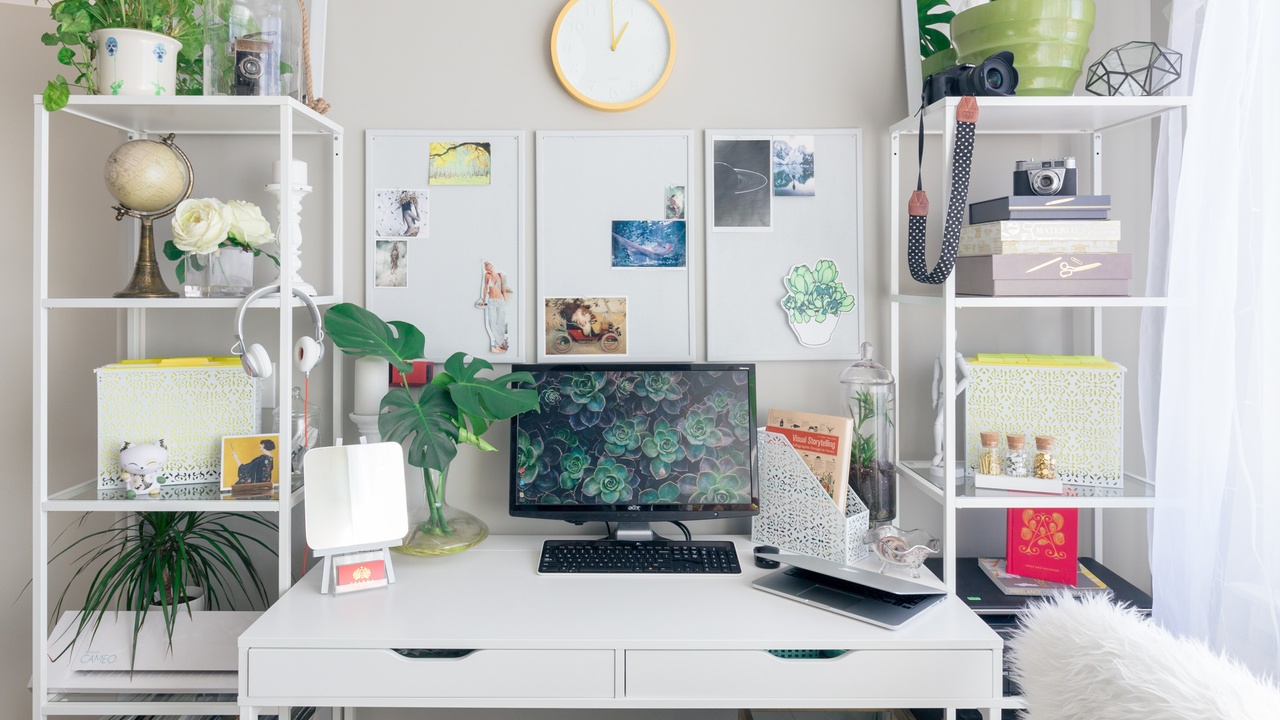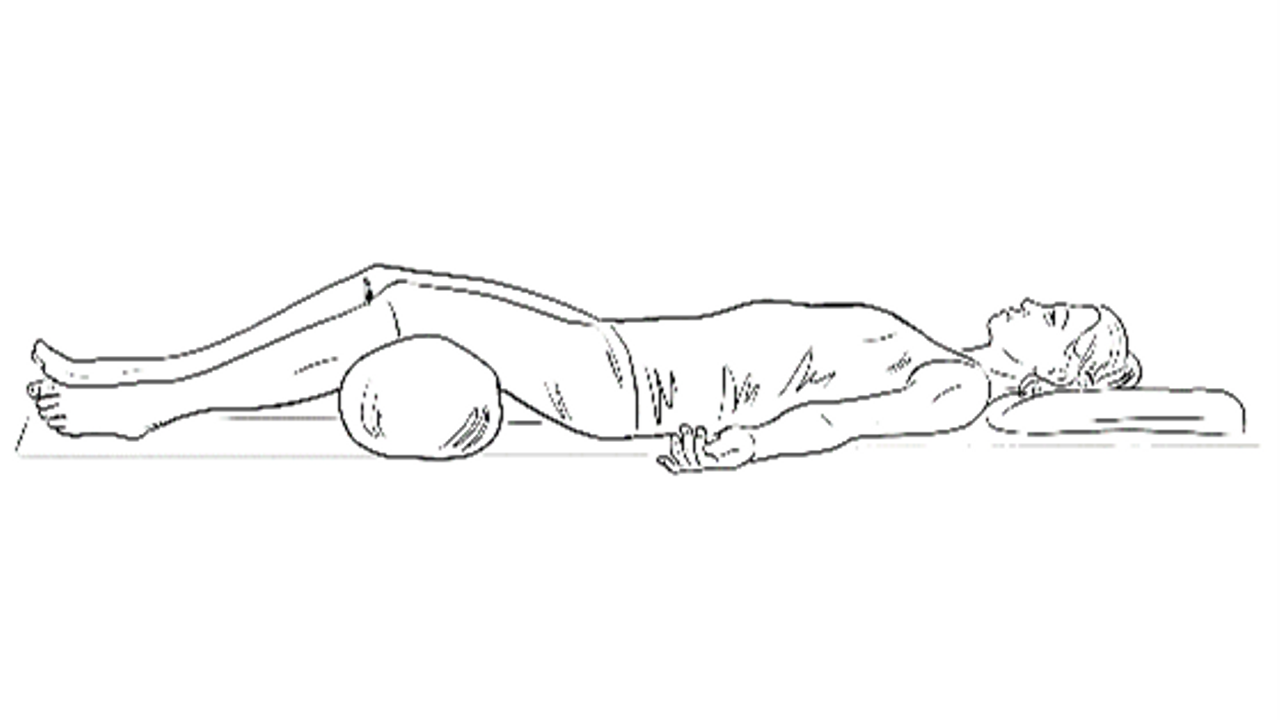A quick guide to some scary words
Numerous substances, including sugars, are added to our food to render it more attractive to us. It can make the food a better colour, prevent it going off, or just improve the look and mouth feel. The important consideration is that these are synthetic compounds, some with well known negative health effects, and most importantly we really don’t know the long-term effects of consuming these chemicals. Many that were once deemed safe decades ago have now been banned due to further research or side-effects seen.
The only real way to avoid the chemicals that fill our supermarkets is to prepare food from natural ingredients that you have prepared yourself, but let’s be realistic – sometimes we all need a little convenience.
There are other health considerations to food choices of course, but if we can firstly rule out ingredients that can be actively detrimental to our health, then we are onto a good start. Paying a bit more money for a higher quality p...
How often do you find yourself working over lunch or suddenly noticing that lunchtime has simply slipped by as you’re absorbed in a task?
It can seem all-important to get that job done and stopping for lunch can slip way down in priority. So if you ever find yourself gulping down a sandwich you barely taste over your keyboard, read on. The reality is that taking time away from work and nourishing your brain is the intelligent choice – skipping lunch and ploughing on is actually a false economy, leaving you depleted resources and the reduced focus that low blood sugar can bring.
 Bupa research has shown that only 30% of the average workforce taking an hour’s lunch, feeding into 48% feeling their productivity levels slump in that tricky mid-afternoon slot where they lose nearly 40 minutes of work time.
Bupa research has shown that only 30% of the average workforce taking an hour’s lunch, feeding into 48% feeling their productivity levels slump in that tricky mid-afternoon slot where they lose nearly 40 minutes of work time.
That higher number suffering the 3-4pm energy slump can also be traced back to stress levels and skipping breakfast. Along with missed lunch, these factors all add up to an interrupted s...
First published in What Doctor's Don't Tell You Magazine.
The menopause is a natural transition in a woman’s life cycle. It is not an illness, but a passing into a new phase, where we drop away from the more frenzied activity of earlier years and into a more relaxed approach. Hormone fluctuations and resultant symptoms accompany each female biological life stage and changes are felt on all levels; physically, emotional and spiritually as we take stock and prepare to move on.
Menopause follows puberty and childbirth - each is a phase where moving inwards to reflect can help us understand ourselves and make adjustments. Yoga is a system that asks us to be present and meet whatever is arising with kindness and curiosity. At a time where we may have a confused relationship with our bodies, yoga can help us move with, rather than against natural physical tides.
How our changing biology feels
Menopause is defined as the time when monthly periods have stopped for more than 12 consecutive ...
Yoga and Somatics for Immune and Respiratory Health – a sneak preview
After writing my last book Yoga Therapy for Digestive Health, I was already interested in expanding how its elements around the lymphatic system and microbiome linked in with yoga practices and health. This was timed with the first Covid-related lockdown and seemed to flow into a new course on Teaching Yoga for Immune and Respiratory Health. After the fifth round of this course is coming up (June 2021), it seemed a natural progression to follow this content and research into my next book – with the additional ‘Somatics’ in the title above (out early 2022 with Singing Dragon) as that much more accurately described the nature of the physical practice that I teach.
Our bodies and minds have a sublime design, that if we are prepared to listen in, can guide us into what they need moment-to-moment. There are rhythm, pulses and sensations to tune into and connect us to the territory of the immune and respiratory system. T...
5 Natural (and free) at-your-desk Energisers – body tricks to stop you turning to the sugar and caffeine
When we’re locked into work mode with deadlines and overload, even a quick break may seem impossible.
It’s important to get up and move around, but at those times in between helping ourselves to stay and concentrate can help the achievement that also relieves stress.
Even when we’re just sitting at our desks, we’re using up masses of energy on brain power. At a normal resting state our big brains demand around 20% of our total energy expenditure.
If we’re under pressure, a stressed state can increase that energy proportion to around 70-75% as our brains are vital to survival when our bodies sense this as danger.
Running at that level, it’s easy to see how we can get the craving signals that send us towards the instant energy highs that are sugar and caffeine.
Chocolate, biscuits, tea and coffee can perk up us in the short-term, but they do add to our stress load as they rob us...
How your gut health determines your immune capacity
Digestive health is crucial to all body functions; to provide what they need and keep out potentially harmful cells and tissues. The gastro-intestinal tract (gut) is responsible for digestion, absorption and assimilation of nutrients and elimination of waste and toxins, but less known is its role in immunity – not just within the gut, but throughout our whole bodies.
Just like the skin on the outside of our bodies, the gut wall is essentially a barrier, constantly decided what is safe to allow inside and what should be kept out. Until food is absorbed into the body and remains in the gut, it is essentially outside the body – like that piece of undigested sweetcorn in the toilet bowl! Health of the gut wall (gut mucosa) is crucial for integrity of our defences and is sensitive to our emotional, stress and trauma responses.
The gut-immune-stress connection
The main anti-inflammatory part of our immune system is housed in the mucous ...
First published at Yogamatters.com
Finding calm in life can seem more and more elusive in our busy, often oversubscribed lives. Our expectation of how much information we can take in and how much we achieve is often at odds with the recovery our bodies and brains really need to function optimally and feel a sense of ease in our immediate environment.
We humans are characterised by the capabilities of our big front brains, the central cortex with its frontal lobes allows us to dream, imagine, create, plan, analyse and use language. When calm and relaxed, these functions can tick along and allow us to move through life joyfully, but when stress or anxiety rise, we move into the survival fight-or-flight mode and our whole relationship with the world around us changes.
Stress can have us feel like we’re living ‘neck-up’, where thoughts, ruminations and worries dominate our internal landscape. This is a fall-back to the self-protection our mind-body perceives we need, even if we’re stres...
Stress is a common factor in everyday life, but it is important to not define this as simply bad, but rather examine our responses to challenges and the number of things ‘to do’ that we may habitually take on – or not say no to!
The nature of stress in the 21st century (in developed countries) isn’t so much about everyday survival and physical hardship, yet we still respond in the full physiological fight-or-flight way even if we’re wound up about the email influx, worried about paying the bills or having relationship woes. Finding ways and the time and space to come down from these heightened responses can create a day-to-day life where demands can seem less threatening, reactions less well, reactionary and a sense of easy come/ easy go more possible it. It is this adaptability and resilience that shows how well we are able to cope and when it feels frazzled and low, how much we need to nurture the sense of safety and gathering resources that we need to feel life is joyous, rather th...
We all know the knock-on effects of a bad night’s sleep, but when insomnia becomes chronic it can affect our whole being and ability to function. The daytime fatigue it creates can send us reaching for sugar and stimulants, which in turn affect sleep.
Insomnia falls into two categories; difficulty falling asleep and waking in the night. It tends to be divided into primary insomnia, where sleeplessness is the main symptom and secondary, where sleep is affected by another condition eg arthritis, fibromyalgia and depression. From a holistic and psychoneuroimmunological (PNI) perspective - where our bodies work as one completely integrated system – the calming and soothing mechanisms that allow sleep have such far reaching effects on lowering inflammation, modulating immunity and regulating mood and motivation, that promoting sleep quality is a foundation of health; not just the absence of disease, but quality of life.
When offering evening classes to support sleep quality, simple, slow ...
We all know that quality of sleep the night before can have a huge influence of how we feel and behave the next day. On average, humans spend nearly two-thirds of their lives asleep and this is time well spent. The rejuvenating effects of sleep are not so much about time with eyes closed in bed, but the quality spent there.
Sleep is a state of altered consciousness, where we drop into brain cycles where we have a relatively low sensory relationship with the external world. Nearly all of our voluntary muscles – the ones we can control to move around – are inhibited and we move between two distinct states; REM (Rapid Eye Movement) and non-REM sleep.
During both waking and sleeping, our brains run through 90 minute cycles – these are similar, but obviously the night-time ones involve dropping down deeper into unconsciousness. In sleep, within this period, there are four stages of non-REM sleep (about 75% of the night), followed by REM, which gets longer each time throughout the night, w...
Right now, as we navigate the Covid-19 pandemic, the usual boundaries between the outside world and our internal landscape have shifted in ways we could not have anticipated. Plunged into rapid-response mode, we are fire-fighting; bodies and minds racing to keep up with the most appropriate and effective responses to current threat and danger.
Two body systems at the heart of these responses are the immune and respiratory systems – how we protect ourselves and how we breathe. Given the nature of the coronavirus, these two functions are of optimal interest at the moment – supporting their function may not prevent us picking up or contracting the disease, but how we move, breathe, reduce stress and eat can have an affect on how our immune system deals with it and the severity of symptoms.
While we know that those with pre-existing conditions – immune-based issues (such as respiratory, inflammatory or autoimmune conditions), heart conditions and metabolic issues such as diabetes – may b...
Spontaneous Physical Activity
We can tend to place physical activity purely into the category of exercise and like many aspects of modern life, domesticate it into specific, corralled time slots. When we add this into sedentary tendencies to sit down all day, this all-or-nothing approach to movement can be jarring (and felt as such into areas like the lower back and knees) and does not move tissues and fluids around the body as designed.
One of the downsides to the rise of gym culture is that, having worked out a couple of times a week, people may think being sedentary the rest of the time is okay. The reality is that this sudden shift from 0–100 miles an hour can shock the body and cause the very stress we’re trying to avoid. We need to move regularly throughout the day – ideally a little every hour. This movement is often referred to as Spontaneous Physical Activity (SPA) or sometimes ‘incidental’ or exercise, as it’s simply about moving more in the context of your day – wherever ...
















